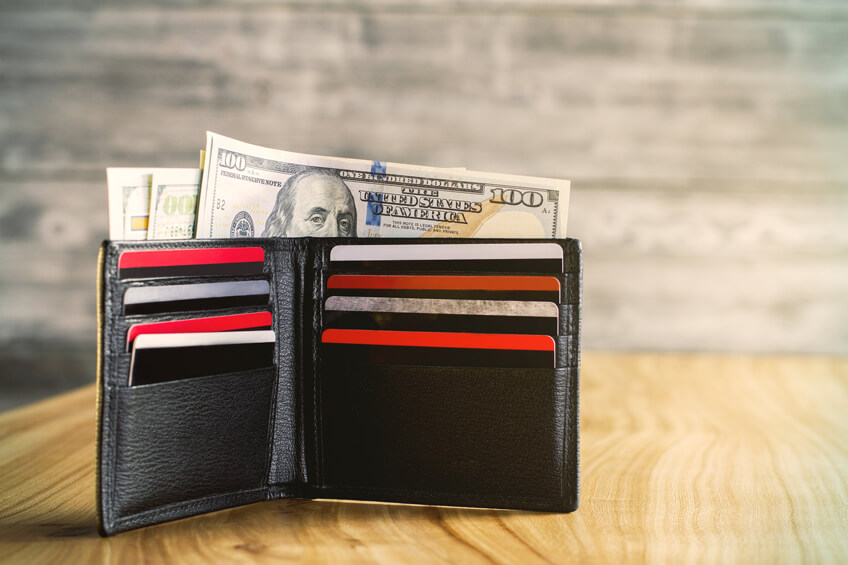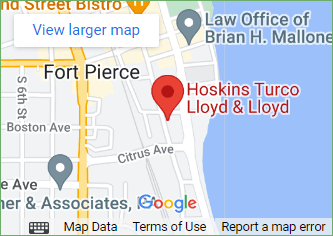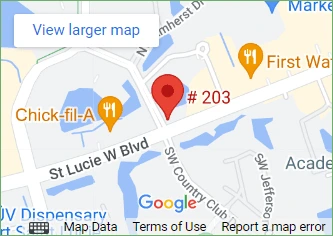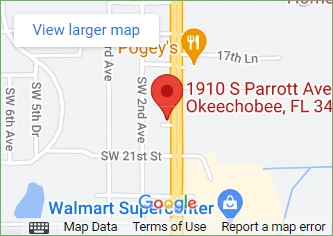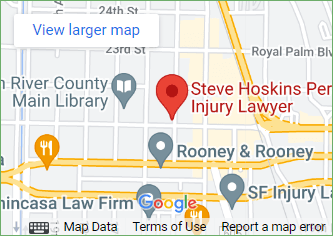Auto Accident Settlement
What is the income limit for filing Chapter 7 in Florida?
Filing for a Chapter 7 bankruptcy is an option that can provide relief for those who are eligible, but each state has their own qualifications that every debtor is required to fall within. Florida is no different, and they have their own unique tests as well as exemptions in order to qualify for filing Chapter 7.
As we explore the prerequisites for a Chapter 7, you may discover that this filing isn’t the right option for you and your family because you don’t meet the statewide requirements, but that isn’t necessarily cause for panic. An important factor in your bankruptcy case is understanding exempted income and how that affects your ability to file. When you work with Hoskins, Turco, Lloyd & Lloyd, we will go over your declarations and determine whether certain income or assets can be set aside from the calculations, based on current U.S. bankruptcy code and Florida state laws. You may also have other bankruptcy options to explore in order to get out from underneath the pressure of debt.
There is a lot to process when reviewing all of the tedious logistics of planning your bankruptcy petition, and you may want help making sense of it all. We will provide you with experienced Florida bankruptcy attorneys who are happy to take the time to offer free case reviews and answer any questions you may have about moving forward.
The First Step: Median Income Test
The first step that you and your lawyer will have to assess is where you fall on the income scale.
The Census Bureau has a list with the determined income of every household of 2 in Florida. To file a bankruptcy petition, one must fall at or below the yearly median household income, as calculated by your average recent earnings. The median income is the number that is exactly halfway up the list of all incomes. The number does not relate to the average income of Floridians that year, which can be affected greatly by extremely high or extremely low earners. Instead, the median looks at the real “middleman” of the state.
Calculated median incomes for U.S. Bankruptcy districts are updated usually twice a year, so if you barely missed the cut off limit, you may have another chance to try again. If not, and you make more money than the state allows for Chapter 7, you may still have options.
The most-recent median income for the state of Florida according to the Census Bureau was $55,660. This means that if you make $55,659 yearly before taxes are taken out, you’re in luck! The median income test is calculated with your gross income, not your take home pay.
Further, if over 50% of your debts are considered non-consumer debts, you automatically pass the means test and do not need to make a certain amount to qualify.
Next Step: The Means Test & Exemptions
The next step of your income calculations is completing the means test. This test was established to examine the ability of the debtor to pay back their debt without having to file for bankruptcy. It is based on their monthly income, expenses, and exemptions.
While the median and means tests seem very similar, they do have different objectives. In the “Median Income Test”, the only thing being tested is your income, while the means test regards your individual circumstances as a debtor. This way, the bankruptcy court can decide if you have the “means” to pay back any debt.
Some important expenses that will be assessed include medical bills, mortgage, and car payments, dependent expenses, etc. Next, the court has a set budget for things like groceries based on household size, and that will be added to this calculation.
There are a plethora of qualifying income exemptions, but here are some of the most common:
-
- Homestead Exemption: Florida has one of the best homestead exemptions in the country, letting homeowners exempt an unlimited amount of equity in their property as long as they’ve owned the property for roughly three and a half years and is no larger than 160 acres (a half-acre in a municipality).
- Personal Property Exemptions: Education, health, and natural disaster savings are exempt from liquidation, along with tax credits/refunds, funeral costs, certain partnership property, and other personal property up to $1,000.
- Wildcard Exemption: This exemption only applies to debtors who are not using the homestead exemption, giving them an extra $3,000 in personal property exemptions for a total of $4,000.
- Pension Exemptions: Most retirement accounts like 401(k)s and traditional IRA’s are exempt from liquidation. Public employee retirement accounts, firefighters, police, and teachers’ retirement benefits are also protected.
- Public Health Benefit Exemptions: Veterans benefits, social security, reemployment assistance, workers compensation, unemployment, and crime victims compensation benefits are also exempt from liquidation (unless the victim is seeking debt discharge for treatment for a related injury.)
What Are Other Options: The Difference Between Chapter 7 & Chapter 13
Chapter 7 is not the only route when thinking about bankruptcy. While Chapter 7 is the quickest way to reform a negative financial situation, there are other ways to protect your future responsibly.
A Chapter 13 bankruptcy also triggers an automatic stay, meaning while you file your unsecured creditors cannot attempt to call or collect from you. However, secured debt holders may still be able to repossess items used as collateral. Even still, an automatic stay can give you peace of mind knowing you’ve been given a legally sanctioned break from collections.
The Chapter 13 bankruptcy process is sometimes known as going through a “reorganization plan” because it gives you a way to organize and pay back at least a portion of your debt on an agreed time frame. The payment plan is usually between three and five years, and will leave the debtor with a clean slate and with personal property that they would have had to give up otherwise! In many cases, unsecured debts that remain after the payment plan has been completed are eligible for discharge.
Aside from bankruptcy, a debtor has other options like debt consolidation, debt management plans, and debt settlement. Review your options carefully with an experienced bankruptcy attorney to weigh the pros and cons of each and then determine the best path forward for your case. We go into further detail about chapter 13 bankruptcy income limits here.
Thinking About A Bankruptcy Case? Find An Experienced Attorney on the Treasure Coast Today!
With so much information online today, and many options for what to do with looming debt, deciding which route is the most beneficial for your unique situation can frequently be overwhelming.
Instead of going in with an unclear view, walk into your new financial journey with an experienced professional who has worked on cases like yours for over 30 years. The team at Hoskins, Turco, Lloyd & Lloyd are offering free, no-obligation consultations so that we can help you get on the right track again with your finances. Managing outstanding debt can be exhausting, but your bankruptcy case doesn’t have to be, and our bankruptcy team is ready to help.
Contact us online or call (866) 930-6435 to schedule an appointment for your free case review.
Verdicts and Settlements
$1.2 Million
$1.6 Million
Wrongful Death Settlement
$11.1 Million
Settlement for motorcycle accident
Locations
Ft. Pierce, FL 34950
Suite 203, Port St. Lucie, FL 34986
Okeechobee, FL 34974
Vero Beach, FL 32960
The hiring of a lawyer is an important decision that should not be based solely upon advertisements. Before you decide, ask us to send you free written information about our qualifications and experience.
We are a debt relief agency and attorneys. We help people file for Bankruptcy relief under the Bankruptcy Code. The hiring of a lawyer is an important decision that should not be based solely upon advertisements. Before you decide, ask us to send you free information about our qualifications and experience.
Hoskins, Turco, Lloyd & Lloyd © 2020 All Rights Reserved. Terms of Use and Privacy Policy
This site is protected by reCAPTCHA and the Google Privacy Policy and Terms of Service apply.
